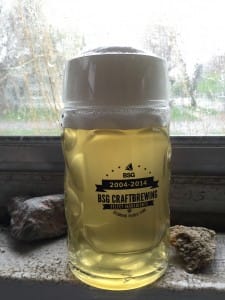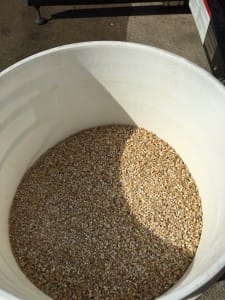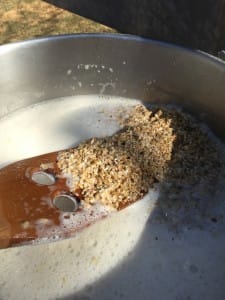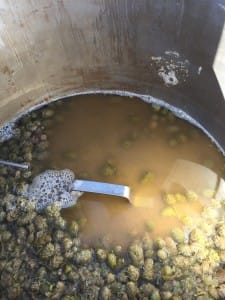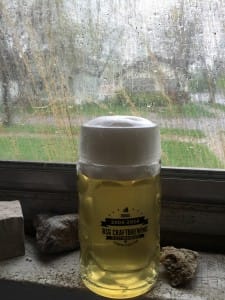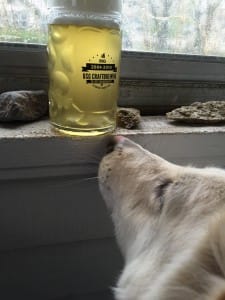Very few (if any) brewers simply purchase “aroma hops” without naming a variety, so it is surprising that so many turn around and simply purchase “two-row barley malt” without that same information.
– John Mallett, Malt: A Practical Guide from Field to Brewhouse
Saatzucht Josef Breun GdbR of Bavaria bred a new two-row spring barley variety from Alexis and Libelle, with the famous Moravian landrace Haná further back in its genetic makeup. This new cultivar was called GS 1582 and introduced in 1996. Now known as Barke®, it is to German brewing what varieties like Golden Promise and Maris Otter are to the beer culture of the British Isles.
The Malting Barley Variety Portfolio from the Braugersten-Gemeinschaft e.V., a Munich-based association for German barley growers and maltsters, tells us:
Barke® contributes very pale wort colors and is therefore highly recommended for pale and Pilsner type beers. The low protein content has a favorable effect on the extract. The viscosity levels are slightly higher than those of the compared variety [Alexis], which, in turn, has a positive effect on head retention.
Seeing as how I enjoy both pale and Pilsner type beers, favorable effects on extract, and head retention, it seems like it must be time to brew a Helles with Weyermann® Barke® Pilsner. I’m going to run the same mash schedule used by Braugersten-Gemeinschaft e.V in their trials, and use Hallertauer Tradition hops (a personal favorite for its sweet, floral/new-mown hay quality) in the kettle.
Andere Leute SMASH Helles
(single malt and single hop)
Five gallons, assuming 75% efficiency
Target OG 1.048
Target IBU: 18-19
Grain bill:
8 lbs 4 oz Weyermann® Barke® Pilsner
Mash with rests at 144°F, 162°F, and 168°F before sparging
Boil:
0.82 oz (23 gr) German Hallertauer Tradition @ first wort hop
0.14 oz (4 gr) German Hallertauer Tradition @ 15 minutes
0.12 oz (3.5 gr) German Hallertauer Tradition @ 0 minutes
Cold side:
Cool wort to 48-52°F
Aerate/oxygenate & pitch with Bavarian-style lager strain of your choice (W-34/70 or S-189 would be good here)
As fermentation slows and/or attenuation approaches within a few points of TG, incorporate temp rise to 58-60° for diacetyl rest
Rack and cool to lagering temp of 34-38°F for 2-4 weeks
The fermentation was orderly, unremarkable, and achieved 82% attenuation but the green beer didn’t taste bottomed-out. Power of suggestion notwithstanding, the wort had a distinct, substantial texture that I don’t recall experiencing with other Pils-only mashes.
For a SMASH recipe where, given the malt and hop profile of a Helles, the M should be capitalized but the H should probably be lowercase, the malt needs to be interesting in order to keep the beer from becoming one-dimensional. Even as early as mashout, the Barke® Pilsner showed it was capable of carrying this torch: beautifully delicate and floral clover-honey character with brilliant clarity. That delicate clover-honey quality carried through into the finished beer, with suggestions of vanilla and almond as advertised.
The beer finished with a nice mix of bright malt character and a low level of sweet, spicy hop; no DMS and the vaunted foam reinforcement of Barke® was on display. TG was 1.009, so it was crisp and snappy but had still that rich mouthfeel that’s a signature of Bavarian lager. “Malty but not sweet” can be a difficult thing to pull off: Barke® Pilsner is a nice standalone base malt for achieving a highly-attenuated beer that still has body and texture.
words & photos by Michael Dawson, Content Manager, BSG

